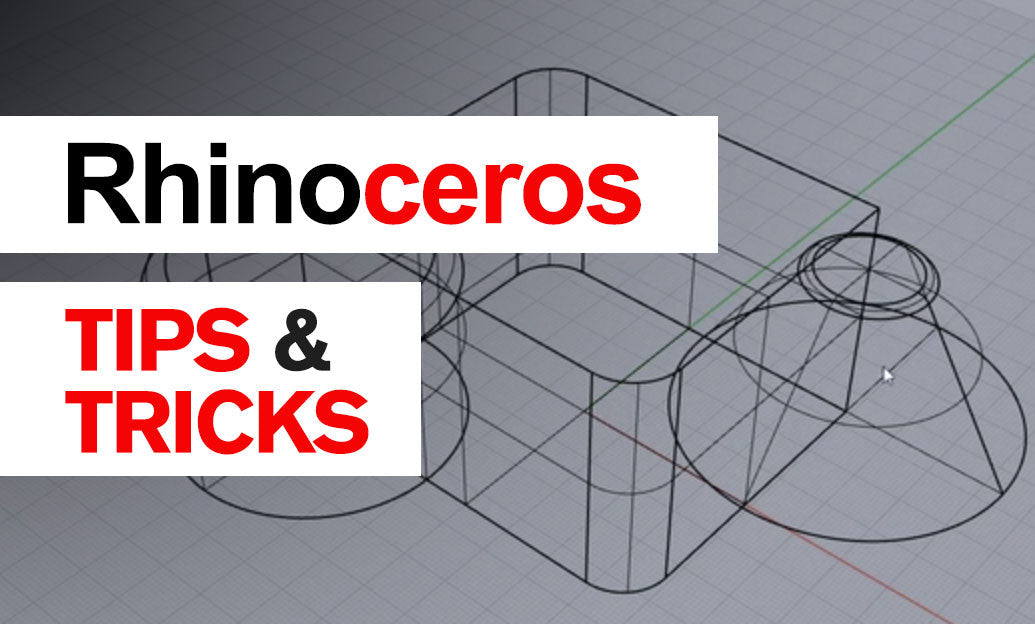Your Cart is Empty
Customer Testimonials
-
"Great customer service. The folks at Novedge were super helpful in navigating a somewhat complicated order including software upgrades and serial numbers in various stages of inactivity. They were friendly and helpful throughout the process.."
Ruben Ruckmark
"Quick & very helpful. We have been using Novedge for years and are very happy with their quick service when we need to make a purchase and excellent support resolving any issues."
Will Woodson
"Scott is the best. He reminds me about subscriptions dates, guides me in the correct direction for updates. He always responds promptly to me. He is literally the reason I continue to work with Novedge and will do so in the future."
Edward Mchugh
"Calvin Lok is “the man”. After my purchase of Sketchup 2021, he called me and provided step-by-step instructions to ease me through difficulties I was having with the setup of my new software."
Mike Borzage
Cinema 4D Tip: Mastering Cloth Simulation in Cinema 4D: Advanced Techniques for Realistic Fabric Animation
August 01, 2024 2 min read

For professionals looking to create realistic fabric animations in Cinema 4D, mastering advanced cloth simulation techniques is essential. Here are some tips to enhance your cloth simulations and bring your digital creations to life:
- Understand the Cloth Engine: Cinema 4D's cloth engine is a powerful tool that uses a variety of parameters such as stiffness, elasticity, and friction to simulate cloth behavior. Familiarize yourself with these settings to effectively control the simulation.
- Start with Good Topology: The quality of your cloth simulation heavily depends on the mesh topology. Use quads instead of triangles, and ensure your mesh has enough subdivisions to bend and fold naturally without stretching.
- Utilize Cloth Belts: Cloth belts are used to anchor your cloth object to other geometries. This is particularly useful when you want parts of your cloth to stay in place while the rest moves dynamically.
- Cache Your Simulations: To avoid recalculating the cloth simulation every time you make a change, cache the simulation. This will save time and allow you to scrub through the timeline to see the results immediately.
- Work with Collider Objects: Ensure that objects interacting with your cloth are set as colliders. Fine-tune the collision settings to avoid interpenetration and to control how the cloth slides and drapes over the collider objects.
- Experiment with Forces: Cinema 4D allows you to add forces like wind or turbulence to affect the cloth. Use these to create more dynamic and natural movements.
- Adjust the Iteration Count: Increasing the iteration count within the cloth tag can improve the accuracy of the simulation but may increase calculation time. Find a balance that works best for your project.
- Dress-O-Matic: Use the Dress-O-Matic feature to shrink-wrap cloth around an object. This can be a starting point for your simulation, ensuring the cloth conforms neatly to the target shape.
- Subsampling: For fast-moving cloth, increase the subsampling rate. This will make the simulation calculate more steps between frames, resulting in smoother motion.
- Optimize Rendering: Cloth simulations can be render-intensive. Use the "Current State to Object" command to convert the simulation to editable geometry before rendering.
For those seeking additional resources and tools to create even more impressive cloth simulations, be sure to check out NOVEDGE’s collection of Cinema 4D resources.
You can find all the Cinema 4D products on the NOVEDGE web site at this page.
Also in Design News

Rhino 3D Tip: Understanding Surface and Solid Modeling in Rhino for Enhanced Workflow Efficiency
August 30, 2025 3 min read
Read More
Unlocking Advanced Animation Techniques: Five Studio-Proven Tricks to Elevate Your 3ds Max Workflow
August 30, 2025 6 min read
Read MoreSubscribe
Sign up to get the latest on sales, new releases and more …



